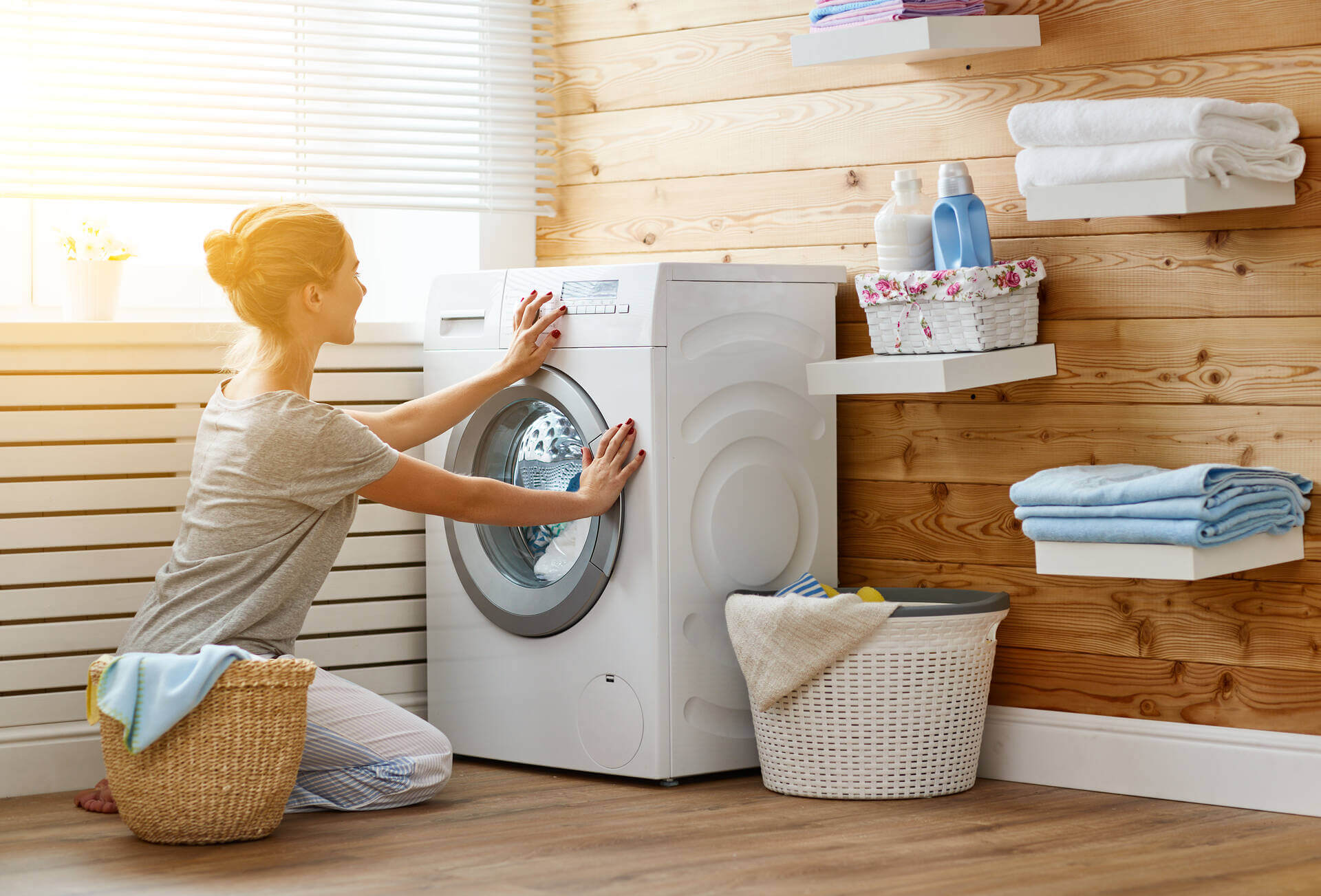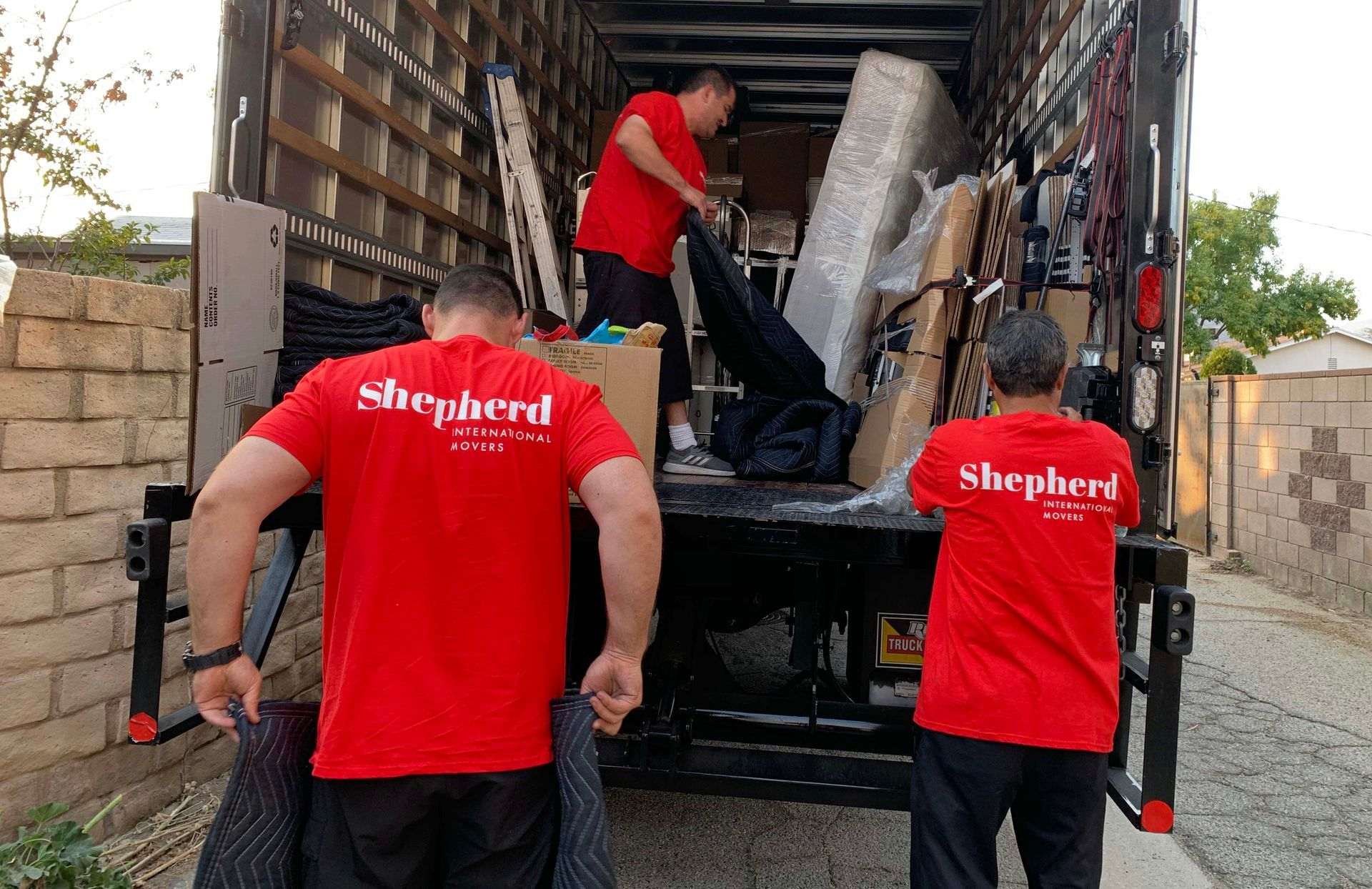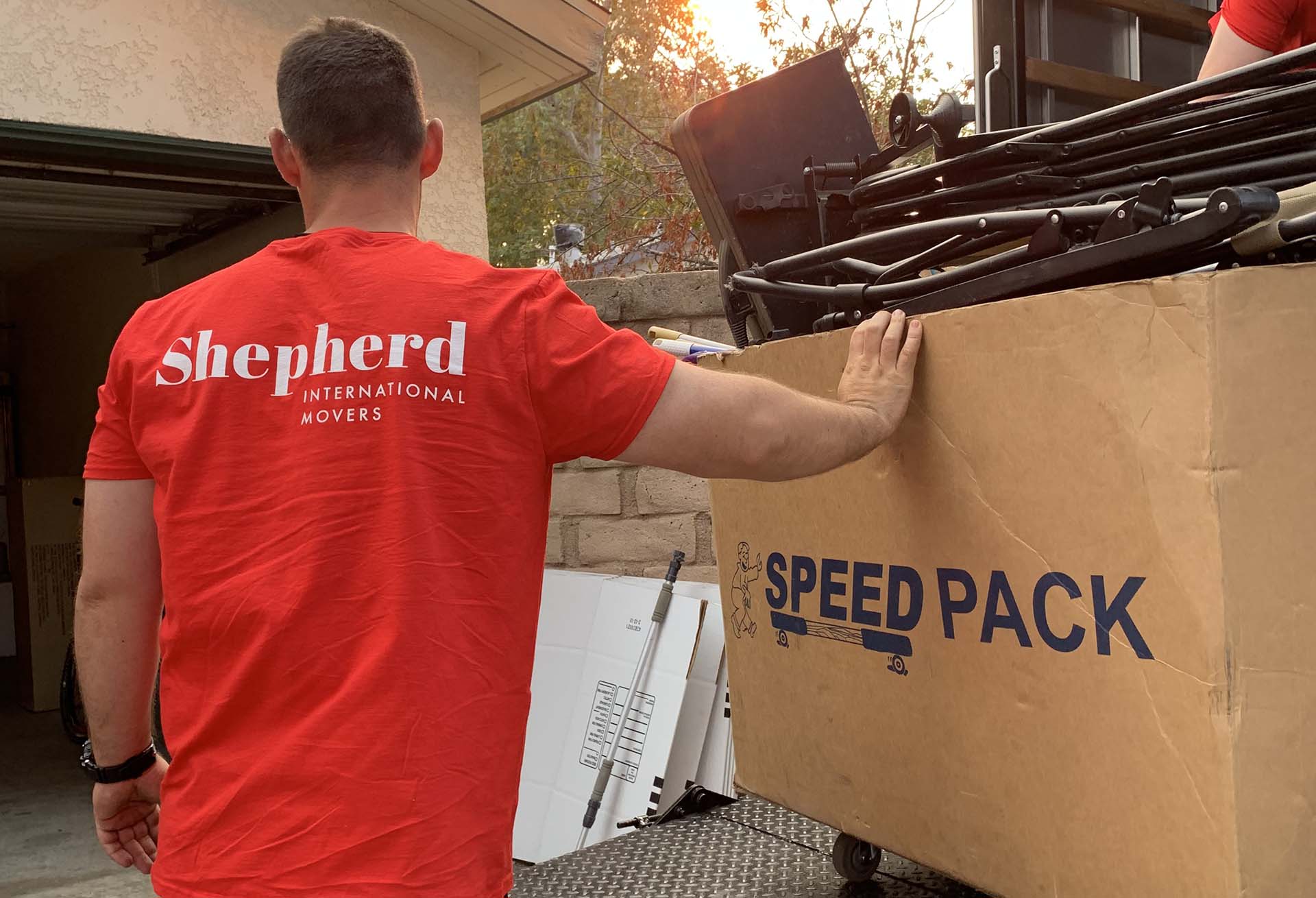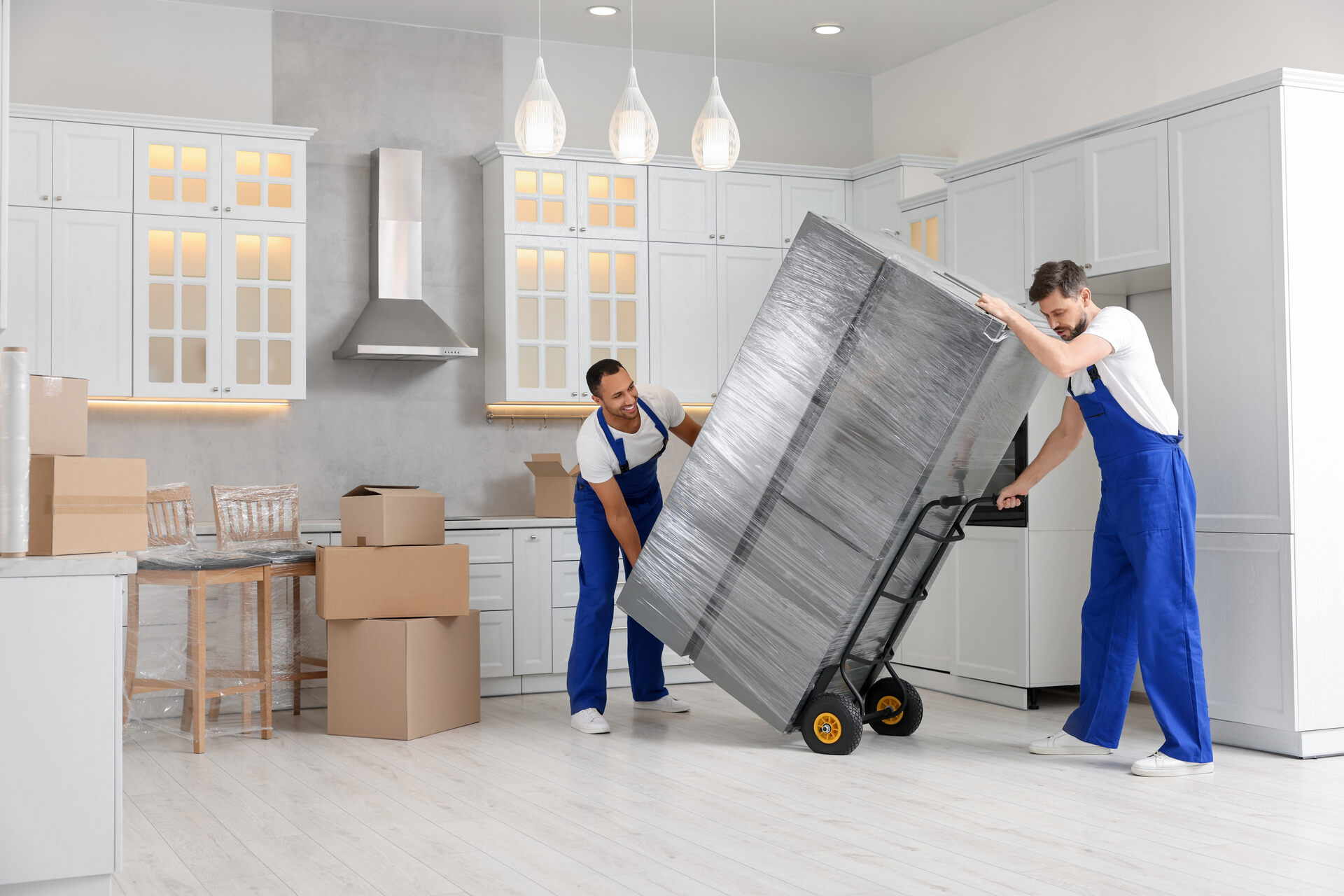

Embarking on a new adventure and relocating to a different place is undeniably exhilarating, but it also comes with its fair share of challenges. One of the trickiest tasks during a move is figuring out how to move a washing machine without breaking a sweat (or the machine!). In this comprehensive step-by-step guide, we will unravel the secrets to ensure a seamless and stress-free journey for your trusted laundry companion.
So, what do you need to know about how to move a washer? First, disconnect the power supply and turn off the water connections. Next, secure any movable parts, such as the drum or agitator, with packing materials. Carefully slide the machine away from the wall, and use a dolly or hand truck to transport it, securing it in an upright position. To avoid damage, cushion the appliance with blankets or padding during transit. Finally, carefully load the washer into the vehicle and secure it firmly to prevent shifting during transportation.
Assess the Feasibility of Moving the Washing Machine
It’s crucial to assess the feasibility of the move. Consider factors such as the distance of your relocation, the condition of the appliance, and the cost-effectiveness of transporting it to the new destination. If you’re moving overseas, take into account voltage and electrical compatibility, as well as potential shipping costs.
On top of this, evaluate whether the washing machine will fit comfortably in your new home’s laundry space. If the decision to relocate the washer is affirmative, now comes the essential question: “How to prepare a washing machine for moving?” Ensure you pack efficiently, securing any movable parts and protecting the appliance with appropriate padding, to guarantee its safe arrival at your new abode.
Assess the Age, Condition, and Value of the Washing Machine
Assessing the age, condition, and value of your washing machine is crucial before embarking on a move. If the washer is in good working condition and relatively new, it might be worth relocating to your new home. However, for older machines with frequent breakdowns or higher relocation costs than their value, investing in a new one after the relocation could be more practical.
Research market prices to make an informed decision and avoid potential relocation mistakes by properly securing and protecting the appliance during transit. Prepare for relocation day with the right tools and packing materials, and seek professional advice if unsure.

Gather the Necessary Tools and Supplies
When it comes to organizing the packing for an international relocation and relocating a washer across the world, having the right packing supplies and materials is paramount. Ensure you have the following tools and supplies ready for a smooth and secure relocation:
- Dolly or hand truck to transport the appliance with ease and minimize strain,
- Blankets or bubble wrap provide essential padding and protection during transit,
- Packing tape and box cutter securely seal boxes and easily access them when needed,
- Heavy-duty straps or ropes to secure the appliance in the relocation vehicle and prevent shifting,
- Screwdriver and pliers to disassemble and reassemble any parts that require removal for safe transport,
- Ziplock bags keep screws and small parts from getting lost during disassembly,
- Furniture or appliance covers protect the appliance from dirt and damage,
- Use sturdy boxes of the appropriate size to pack any smaller components or accessories,
- Fill any gaps with packing peanuts or packing paper to prevent movement inside the boxes,
- Labels and markers to clearly label boxes with their contents to facilitate unpacking.
How to Move a Washing Machine – Start by Disconnecting and Preparing the Machine
Start by unplugging the power cord and turning off the water supply. Drain all water left in the appliance and disconnect the hoses carefully. For safety, it’s advisable to turn off the water valves before disconnecting the hoses.
Next, secure the hoses and power cord to the back of the appliance using tape or zip ties to prevent them from getting tangled during transit. If you have any fear of relocating the appliance on your own, consider enlisting a professional crew that provides international moving by sea services or just prepare for international movers by communicating specific instructions to ensure the washer’s safe handling.
In case there is still water in the washer before turning off the water supply and unplugging the power cord, here is a tutorial on how to drain the washing machine.
Turn Off the Power and Water Supply to the Washing Machine
Not down the task of turning off the power and water supply in your moving abroad checklist. Begin by unplugging the machine from the power source. For the water supply, locate the shut-off valves, usually found behind or beside the washer. Turn the valves clockwise to close them and disconnect the hoses from the back of the appliance. To prevent any water spillage during transit, place the disconnected hoses in a plastic bag and secure it with tape.
Remove and Secure Any Detachable Parts, Such as Hoses or Transit Bolts
As you prepare your appliance for relocation to a new city, taking the time to remove and secure detachable parts is crucial to prevent damage during transit. Begin by unscrewing the hoses from the machine’s back.
To ensure no parts go missing, store the hoses and other detachable components in a labeled bag and tape it securely to the back or inside of the washer. If your appliance has transit bolts, reinstall them to stabilize the drum and prevent things from breaking during the relocation.
These insider tips and tricks on how to prepare and how to pack a washing machine for moving will give you peace of mind as you relocate, knowing that your washer will arrive at its destination intact and ready for use.

Safely Moving the Washing Machine
Safely moving a front-load washer requires careful attention to detail and following specific steps to avoid any mishaps during relocation. Before moving the front load washer, ensure you have all the necessary supplies, such as a dolly or hand truck, blankets, packing tape, and straps to secure it during transit.
Turn off the power supply and unplug the washer from the wall socket. Next, shut off the water valves and disconnect the water hoses from the back of the appliance. To avoid damage during transit, secure the drum and the washer’s door using straps or ropes and tape the door shut. Cover the front load washer with blankets or bubble wrap to shield it from scratches and minor impacts during transportation.
Follow these moving tips and ensure you lift with the legs and not the back to prevent injuries and a dolly or hand truck can help ease the burden of lifting. Place the front load washer upright in the vehicle, securing it firmly to prevent shifting during transit.
Use Appliance Dollies or Moving Straps
Appliance dollies and straps are essential tools when relocating a washer. So, what do you need to know about how to move a washing machine with a dolly? First, tilt it slightly backward and slide the dolly’s base underneath it. Secure the washer to the dolly using straps or ropes to prevent it from tipping over or shifting.
Moving straps can also be used to lift and maneuver the washer, distributing the weight evenly and reducing the risk of strain or damage. These relocation essentials play a crucial role in ensuring a safe and efficient move for your appliance.
Ensure Proper Weight Distribution and Stability During Transport
Place the machine in an upright position to avoid damage to the internal components. Distribute the weight evenly within the relocation vehicle, securing the washer firmly to prevent shifting during transit.
If relocating other items alongside the washer, place heavier items at the bottom to maintain balance. Consider using additional padding or blankets to cushion the washer and protect it from potential bumps or vibrations when moving internationally.

Loading and Unloading Should Be Done With Utmost Caution
When loading the washer into the vehicle, position it upright to prevent internal components from shifting. Use protective padding and blankets to shield the washing machine from scratches and impacts during transit. Secure it with sturdy straps and bungee cords to keep it stable and minimize movement while on the move.
Unloading it at your new location should be carried out with equal care. Gently remove the appliance from the vehicle, ensuring it remains upright during the process. Be cautious not to jostle or drop it. When reinstalling the laundry machine in its new space, reverse the steps taken during the disassembly process.
Upon arriving at your new destination, take a moment to check on the washer and other belongings. Double-check that all straps and bungee cords are removed before using the appliance. Sometimes, amidst the hustle of relocating, we may forget to do essential tasks. So, it’s vital to take a breath, assess the situation, and ensure all necessary steps are completed before putting the washer to use.
Here is a tutorial on how to disconnect the laundry machine (there is bonus info for installing the dryer as well) before you leave. The opposite can be safely done once you’ve arrived at the destination.
You Should Test and Troubleshoot the Appliance Before Using It
After relocating to a big city (or a small one,) it’s crucial to test and troubleshoot the appliance before regular use. To run a test cycle, connect the washer to the appropriate power and water sources. Start by running an empty cycle with a small amount of detergent to check for leaks or abnormal sounds. Observe it during the test cycle for any malfunctions or issues. If you encounter problems, consult the manufacturer’s manual for troubleshooting guidance or seek professional help if necessary.
To Avoid Any Injuries and Damage, Hire International Movers to Do the Heavy Lifting
Instead of learning how to move a washing machine by yourself, leave everything to professional international movers. When choosing an international moving company, make sure to do thorough research and verify their credentials. Check the Federal Motor Carrier Safety Administration (FMCSA) website for their registration and safety record, or you can simply contact us, Shepherd International Movers.
With our professional team and expertise in handling delicate items like laundry machines, we’ll ensure a seamless journey for your possessions to your new home. Let us take care of the heavy lifting and provide you with packing services so you can focus on settling into your new space with peace of mind. Reach out to us today, and we’ll handle all the details for your international relocation.
FAQ
How Do I Safely Disconnect the Water Hoses From the Washing Machine?
To safely do this, first, turn off the water supply and unplug the machine. Then, loosen the hose connections and drain any remaining water into a bucket before carefully detaching the hoses.
Can I Transport the Washing Machine in an Upright Position?
Yes, you can transport it in an upright position. Keeping it upright helps prevent damage to the internal components and ensures a smooth relocation without leaks or operational issues.
Should I Hire Professionals to Relocate the Washing Machine?
Hiring professionals is recommended, especially for long-distance or international relocations. Expert movers have the experience and equipment to handle the appliance safely, minimizing the risk of damage or injury.
How Do I Secure the Drum of the Washing Machine During the Relocation?
To secure the machine’s drum during the relocation, use straps or ropes to prevent it from shifting. Properly securing the drum will protect the internal components and ensure a smooth journey.
What Should I Do if I Encounter Any Issues or Malfunctions With the Washing Machine After the Relocation?
If you encounter any issues or malfunctions, refer to the manufacturer’s manual for troubleshooting guidance. If the problem persists, contact a professional appliance repair service to assess and resolve the issue.
Can I Use Regular Household Moving Boxes When Moving a Washing Machine?
It is not recommended to use regular household boxes when relocating a laundry machine. Washing machines are heavy and require sturdy and appropriately sized boxes or specialized crates to ensure safe transport.
How Should I Clean and Maintain the Washing Machine After the Move?
Clean it by running an empty cycle with a mixture of vinegar and water to remove any residue or odors. Regularly maintain the washer by checking and cleaning the filters and following the manufacturer’s guidelines for optimal performance and longevity.
What Precautions Should I Take To Prevent Damage to the Washing Machine During Transit?
Use protective padding and blankets to shield it from scratches and impacts. Secure it with sturdy straps and bungee cords to keep it stable and minimize movement while on the move.
Can I Use Moving Straps or Ropes to Lift and Maneuver the Washing Machine?
Yes, you can use straps or ropes to lift and maneuver it. Properly lifting and supporting the appliance with straps can help distribute the weight evenly and reduce the risk of strain or damage.
Is It Necessary to Level the Washing Machine After Reinstalling It at the New Location?
Yes, it is necessary to level the laundry machine after reinstalling it at the new location. Ensuring the washer is level will optimize its performance and prevent potential issues during operation. Use a leveling tool to make any necessary adjustments to achieve proper balance.








